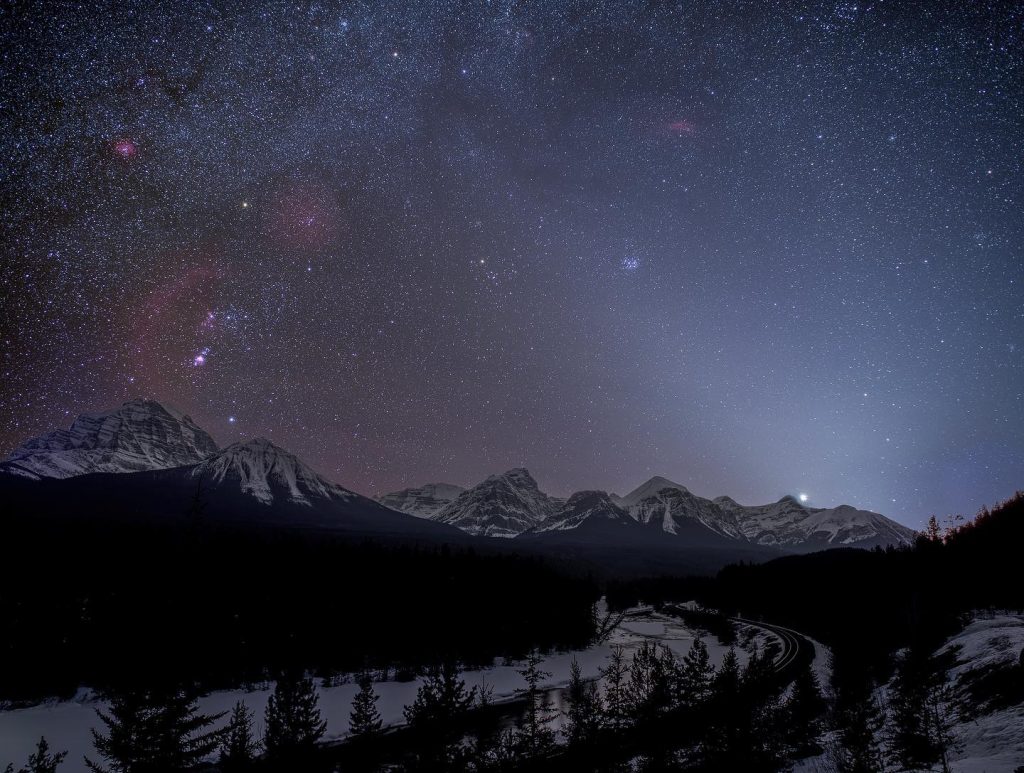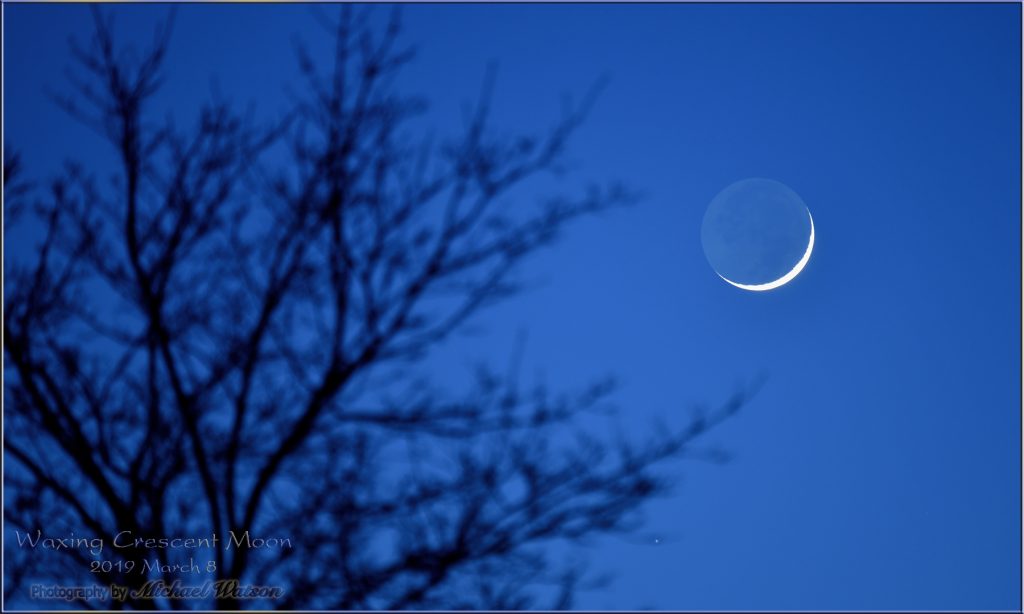Hanukkah Happens with Christmas Stars, Jupiter is Spotted, and the Old Morning Moon Poses Prettily!
Merry Christmas to those who celebrate! This wonderful object, known as the Christmas Tree Cluster or NGC 2264, is located in the constellation of Monoceros (the Unicorn), which occupies the winter sky between Orion and Gemini. The red glows are hydrogen gas being energized by the clump of hot, young stars recently born in the…
Read more





